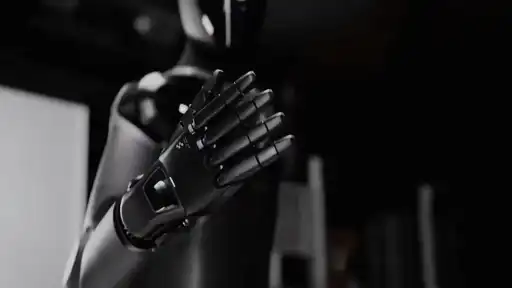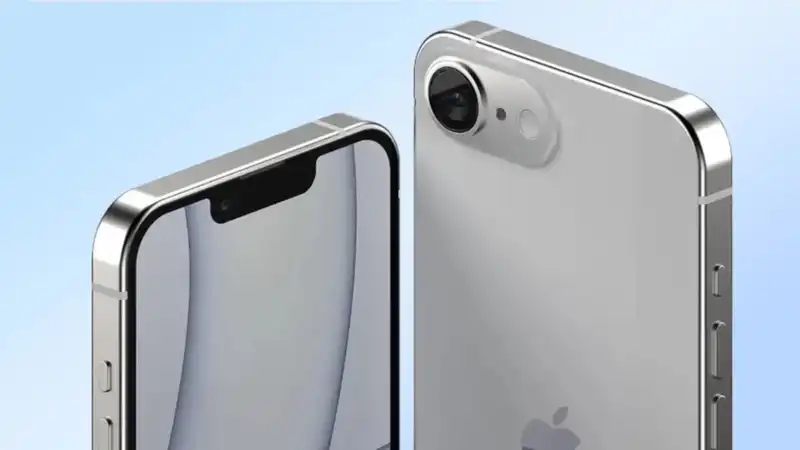Many of our first interactions with robots have seen robot vacuum cleaners go around the couch or make dangerous trips on the carpet
With recent advances in AI, we may be approaching the moment when larger, more advanced humanoid robots will be introduced into homes on a large scale
Long familiar from decades of science fiction novels and movies, humanoid robots are as functional as robot vacuum cleaners, but with advanced capabilities to interact with us and the rest of the world
Last week, Daniel Zhou Hao, a lecturer in AI and robotics at the University of Leicester, wrote that giving robots AI upgrades will bring them closer to the “iPhone moment” when they enter the market From a technological standpoint, we are indeed getting there
Hao explained that large-scale language models (LLMs) are good at processing and utilizing large amounts of data and are the key to embodied intelligence
For this to work, the LLM must communicate with the visual AI system so that the robot can understand what is in the surrounding space Hao discussed Google's PaLM-E multimodal language model as an example of how such a system might work in practice
The lecturer predicted that this new set of robots could not only be used to assist in space exploration and factory assembly processes, but could also be used in our homes Tasks that humanoid robots can perform include cleaning, cooking, and caring for the elderly
Companies like Google Deepmind, Tesla, and Figure are already exploring ways to introduce language models as a way for robots to learn from the real world Figure's new 02 model includes the OpenAI GPT-4o for real-time natural conversation
Hao highlighted the Aloha robot from Stanford University as an example of where the field is headed The robot can already autonomously cook shrimp, rinse pans, and push chairs back toward the table
Earlier this year, startup Mentee Robotics introduced MenteeBot It incorporates computer vision and AI models to enable real-world interaction The company touted the robot's use for heavy lifting at home, serving customers in supermarkets, and working in factories
Elsewhere, Open AI is helping the creators of Figure 02, another AI robot capable of performing everyday tasks, an improved version of the already impressive Figure 01, and Elon Musk has invested heavily in Tesla's Optimus
Hao argued that from a technological standpoint, advanced humanoid robots need no longer be considered a far-fetched pipe dream The main question that remains is whether and when we will actually be able to afford them
“While the technological potential of humanoid robots is undeniable, the market viability of such a product remains uncertain,” Hao said Hao added, “Several factors will affect their acceptance and success, including cost, reliability, and people's perceptions”
A key hurdle that robots will have to overcome, Hao argued, is that their benefits outweigh their costs
Finally, as with most AI technologies, there are ethical considerations Who will have access to the robot's data collected in the private moments of our lives? Could robots take our jobs?
A lecturer in robotics said that on the brink of this technological frontier, we should consider not only what is possible, but what our future should look like










Comments